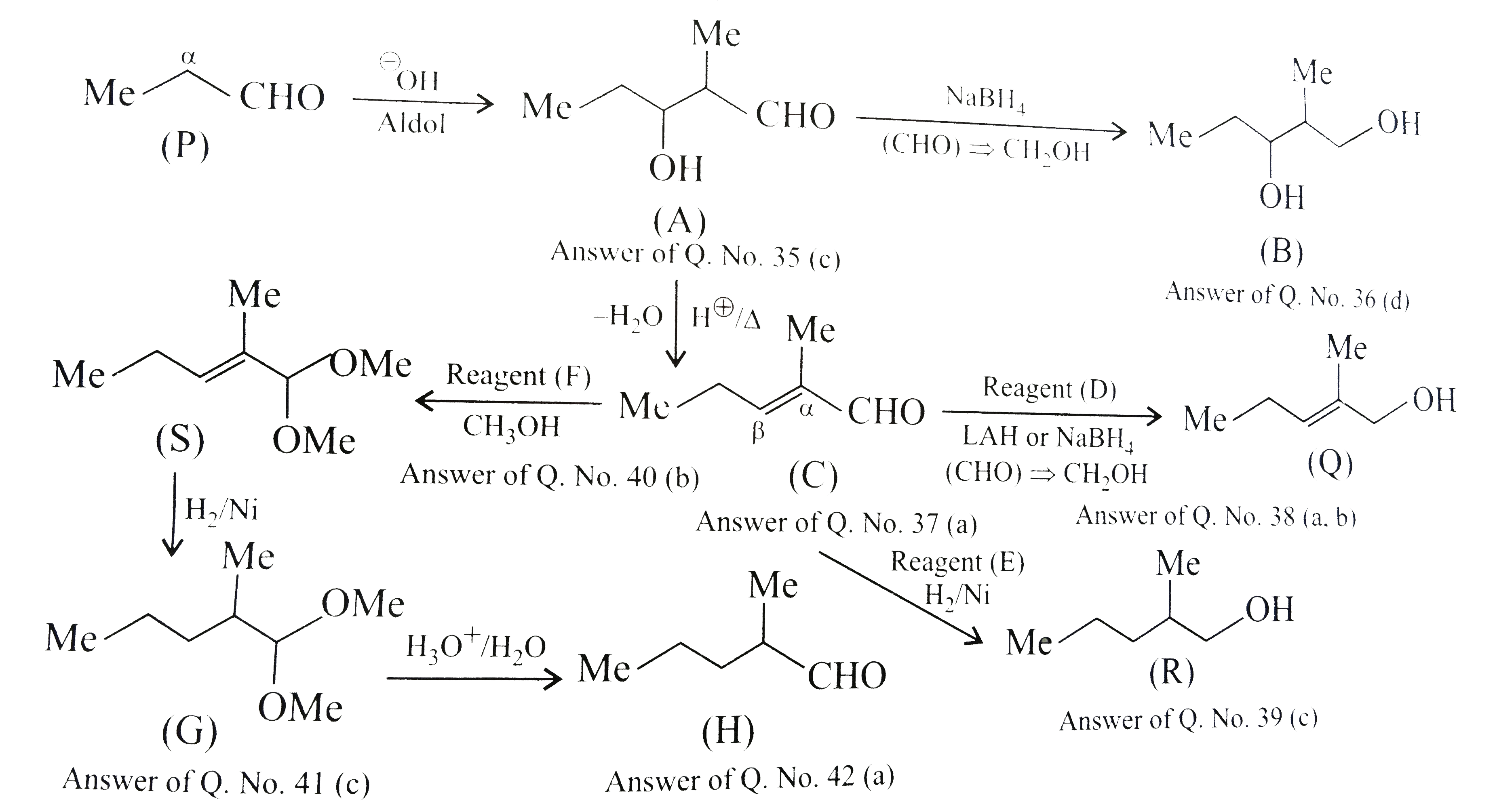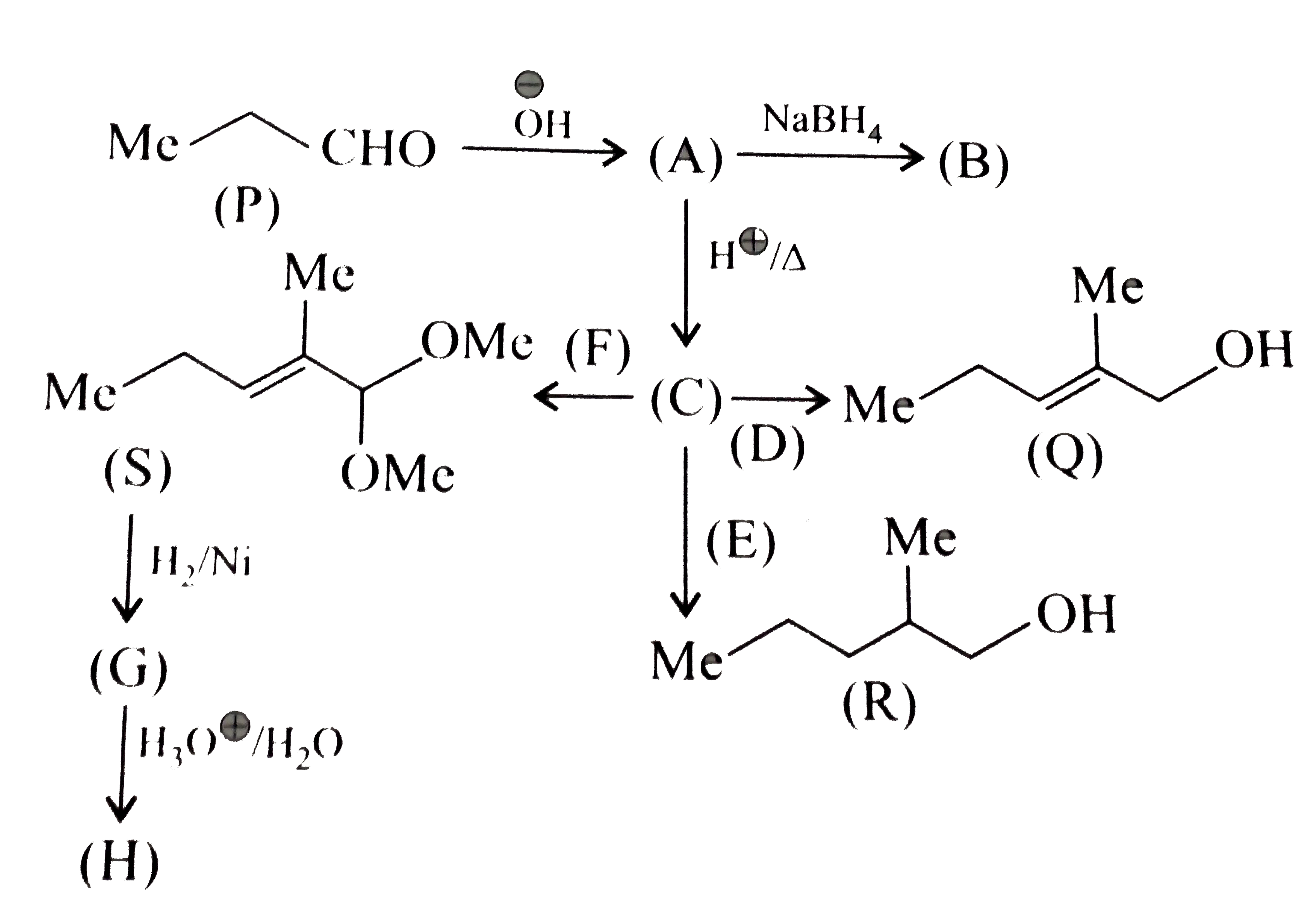
Compound (C ) is:
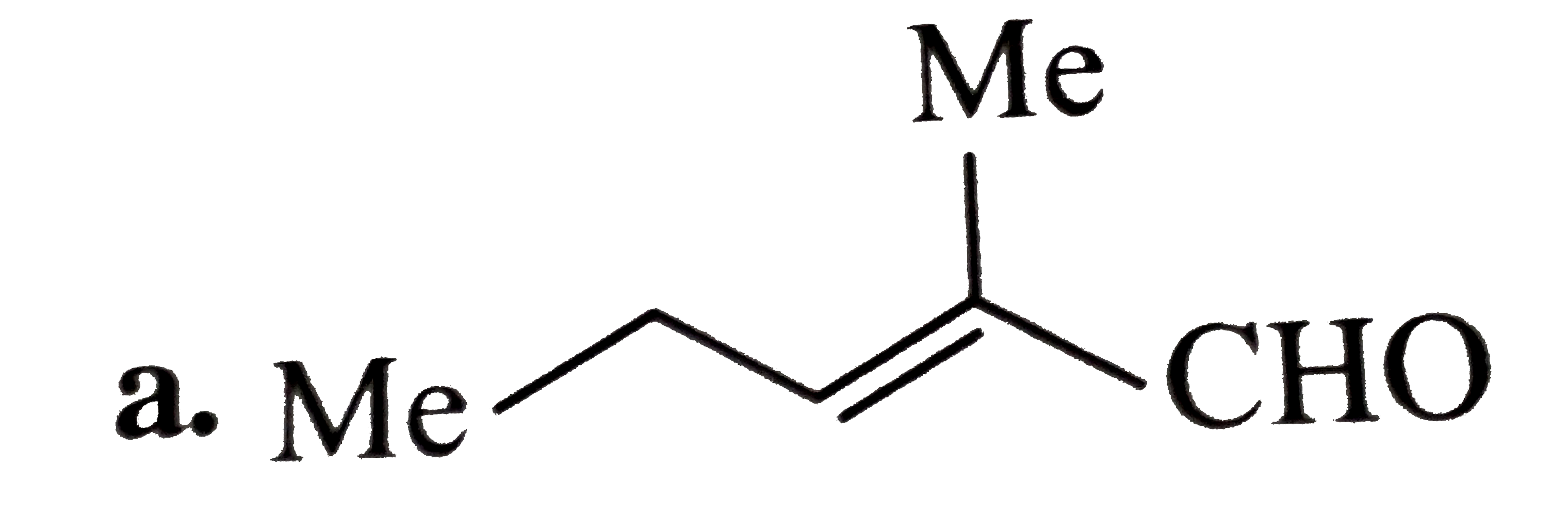

Both (a) and (b)
None
The correct Answer is:A
Topper's Solved these Questions
- ALIPHATIC AND AROMATIC ALDEHYDES AND KETONESBOOK - CENGAGE CHEMISTRY ENGLISHCHAPTER - ALIPHATIC AND AROMATIC ALDEHYDES AND KETONESEXERCISE - Exercises Multiple Correct
33 Videos
- ALIPHATIC AND AROMATIC ALDEHYDES AND KETONESBOOK - CENGAGE CHEMISTRY ENGLISHCHAPTER - ALIPHATIC AND AROMATIC ALDEHYDES AND KETONESEXERCISE - Exercises Single Correct
71 Videos
- ALIPHATIC AND AROMATIC ALDEHYDES AND KETONESBOOK - CENGAGE CHEMISTRY ENGLISHCHAPTER - ALIPHATIC AND AROMATIC ALDEHYDES AND KETONESEXERCISE - Exercises Concept Application
20 Videos
- ALCOHOL,PHENOL AND ETHERSBOOK - CENGAGE CHEMISTRY ENGLISHCHAPTER - ALCOHOL,PHENOL AND ETHERSEXERCISE - Archives Analytical And Descriptive
15 Videos
- APPENDIX INORGANIC VOLUME 2BOOK - CENGAGE CHEMISTRY ENGLISHCHAPTER - APPENDIX INORGANIC VOLUME 2EXERCISE - Short Answer Type
179 Videos
Similar Questions
compound (A) forms a ketone. It undergoes in following reaction scheme
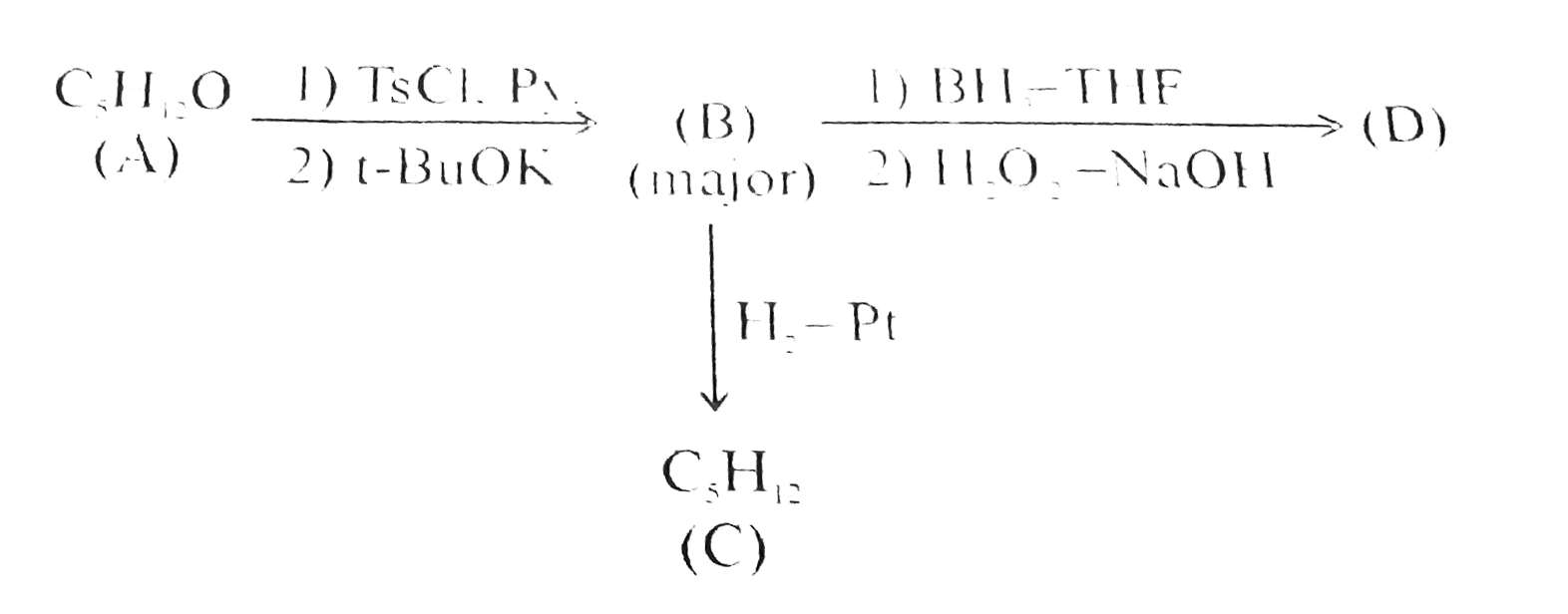
Compound (C ) on Photochlorination gives six monochloroderivaties.
Identify the correct statement?
View Solutioncompound (A) forms a ketone. It undergoes in following reaction scheme

Compound (C ) on Photochlorination gives six monochloroderivaties.
Identify the correct statement?
View Solutioncompound (A) forms a ketone. It undergoes in following reaction scheme

Compound (C ) on Photochlorination gives six monochloroderivaties.
Identify the correct statement?
View Solution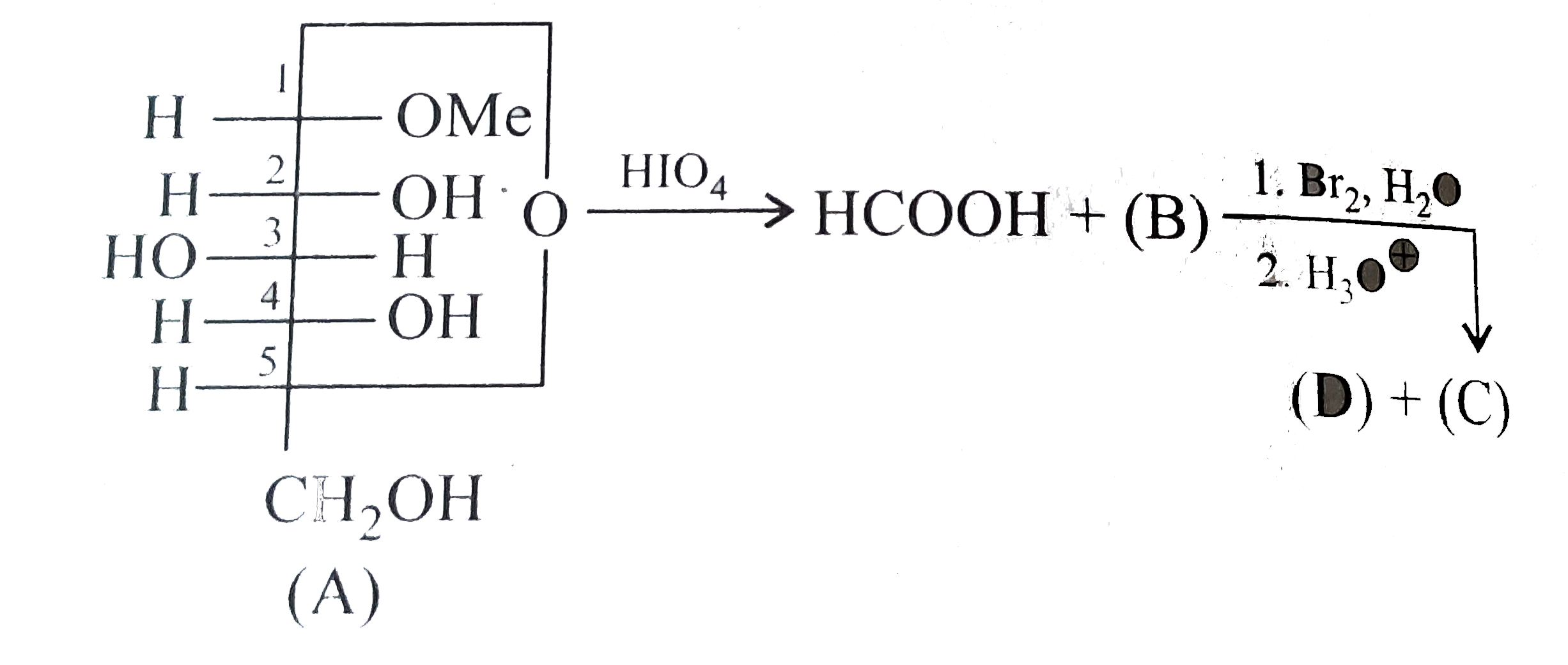
Compound (C) and (D) are:
View Solution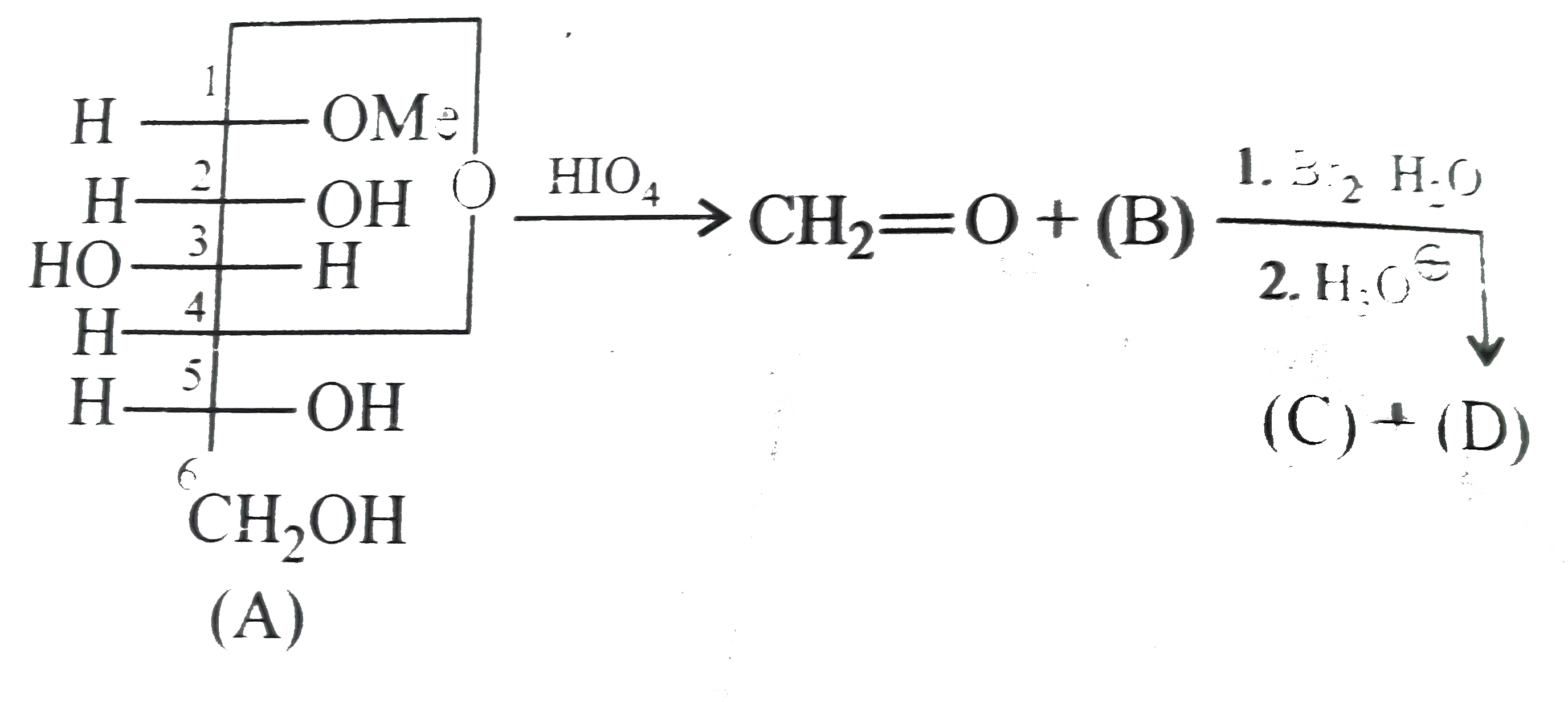
Compound (C) and (D) are:
View Solution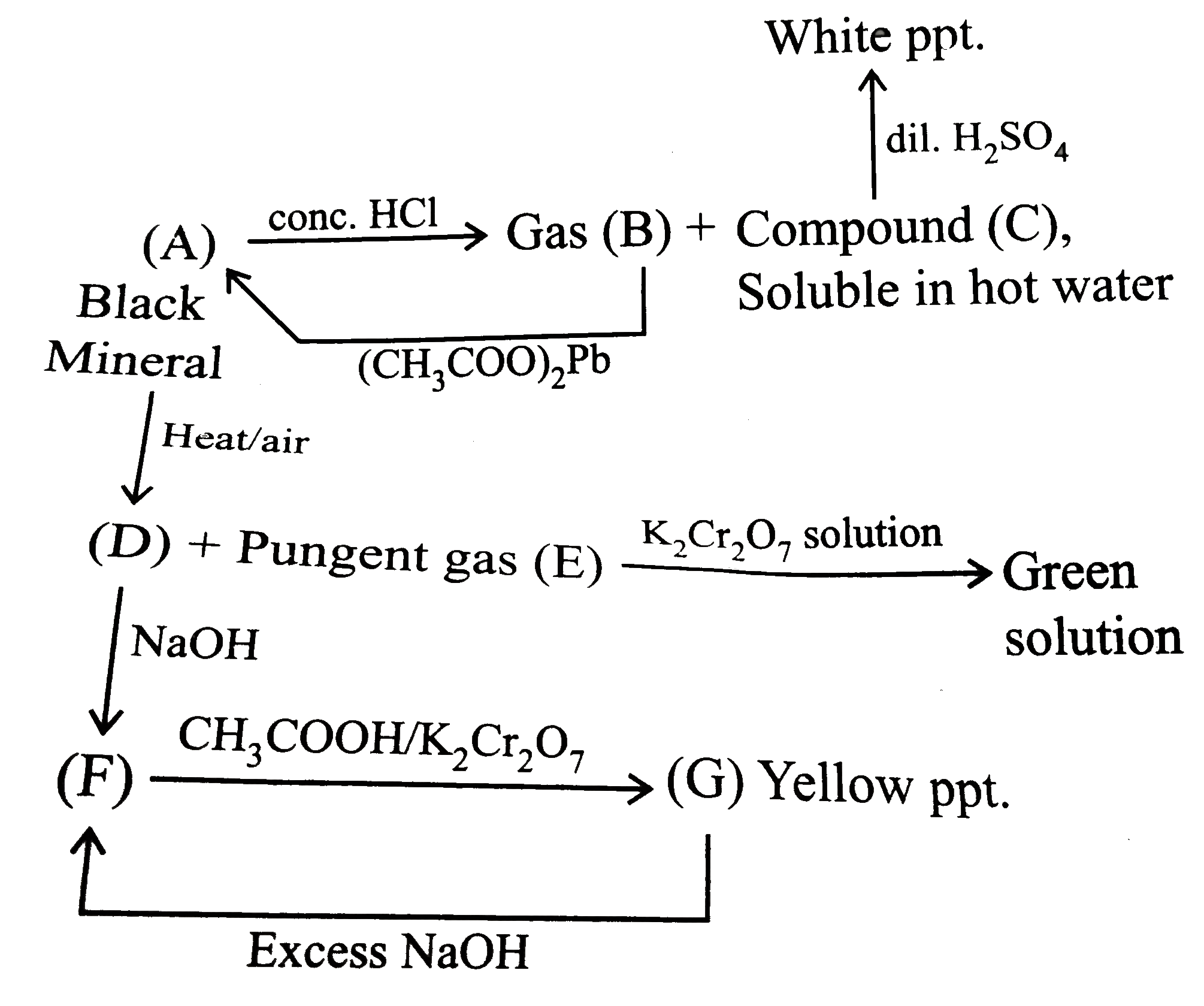
Compound (C ) and (D) are respectively
View Solution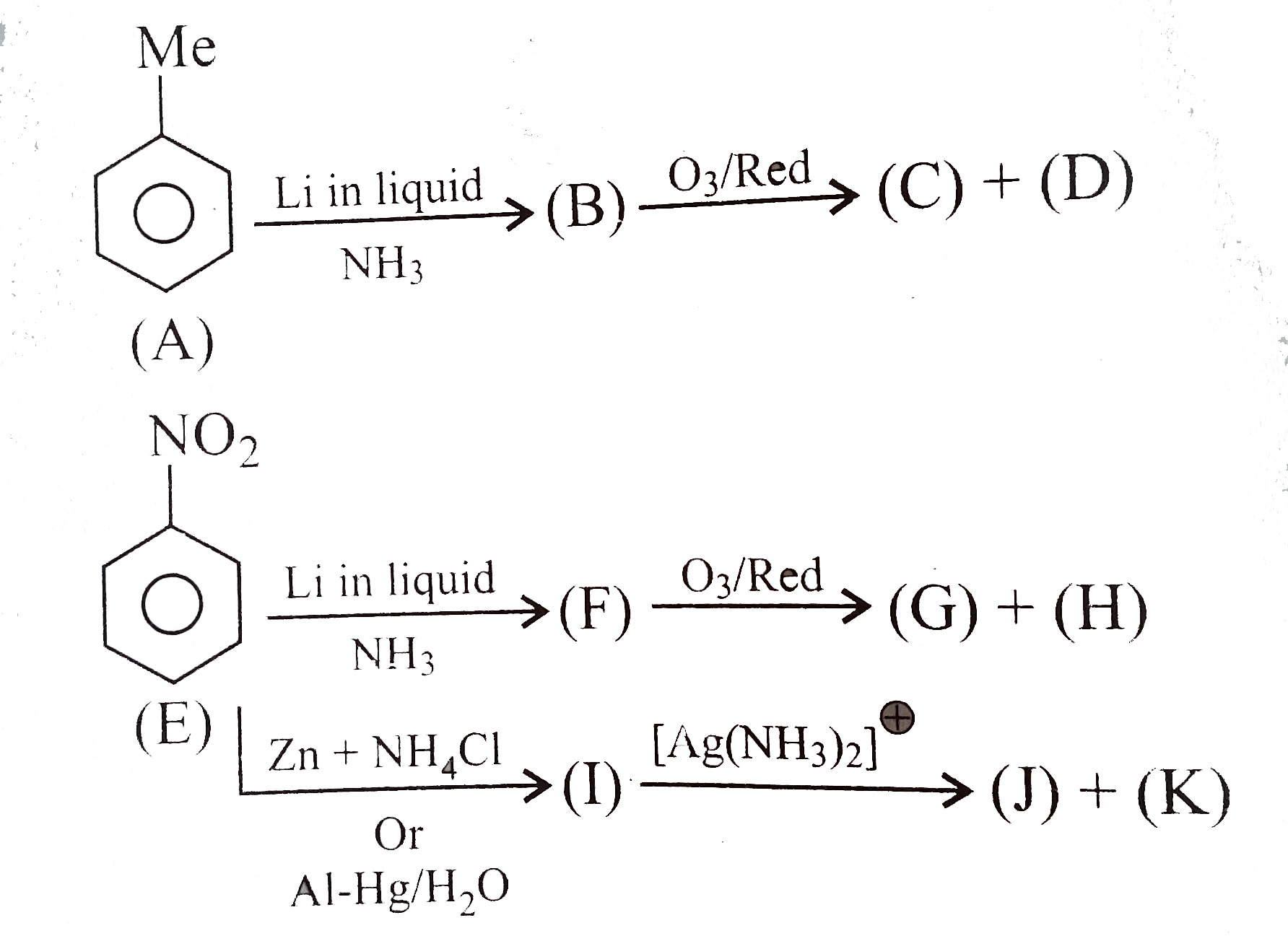
The compound (C ) and (D), respectively, are:
View Solution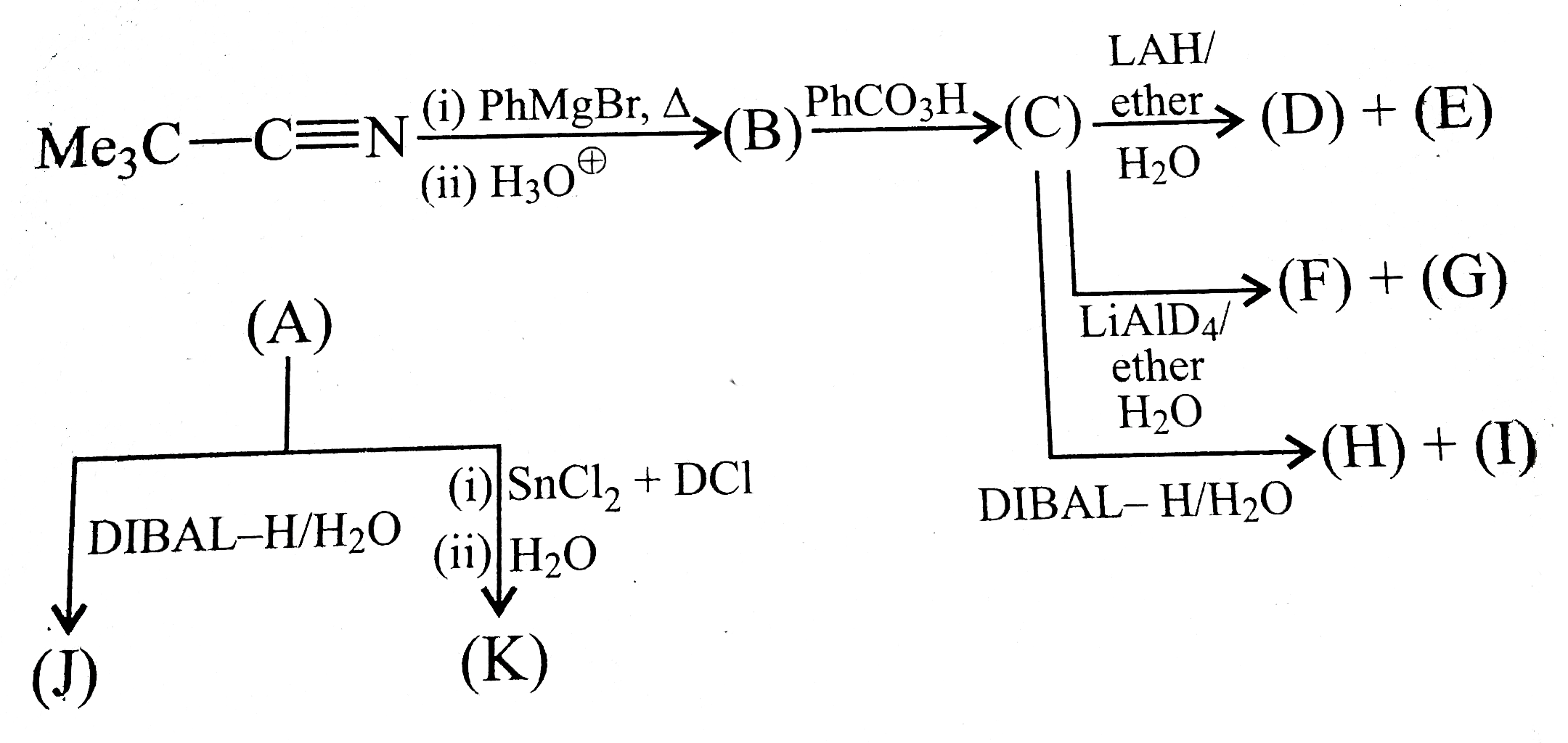
The compound (C ) and the reaction involving the conversion of (B) to (C ) are:
View SolutionReduction of hexose A (molecular formula C6H12O6) with sodium borohydride gives compound B and C. Compound B is optically inactive, whereas compound C is optically active. Which of the following is compound A?
View Solution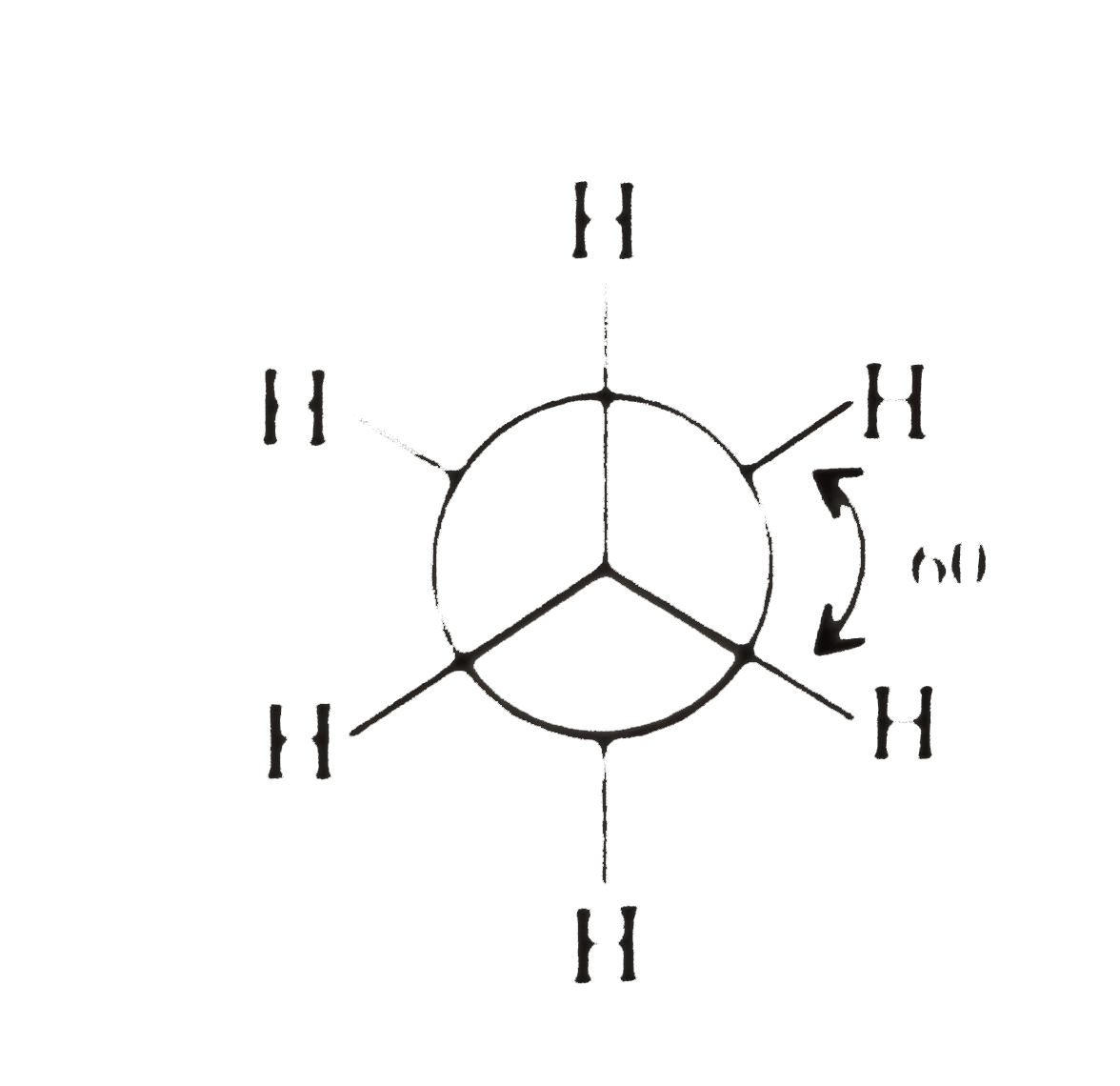
In the above compound, C2 is rotated clockwise 120∘ about C2−C3 bond. The resulting conformer is:
View Solution

